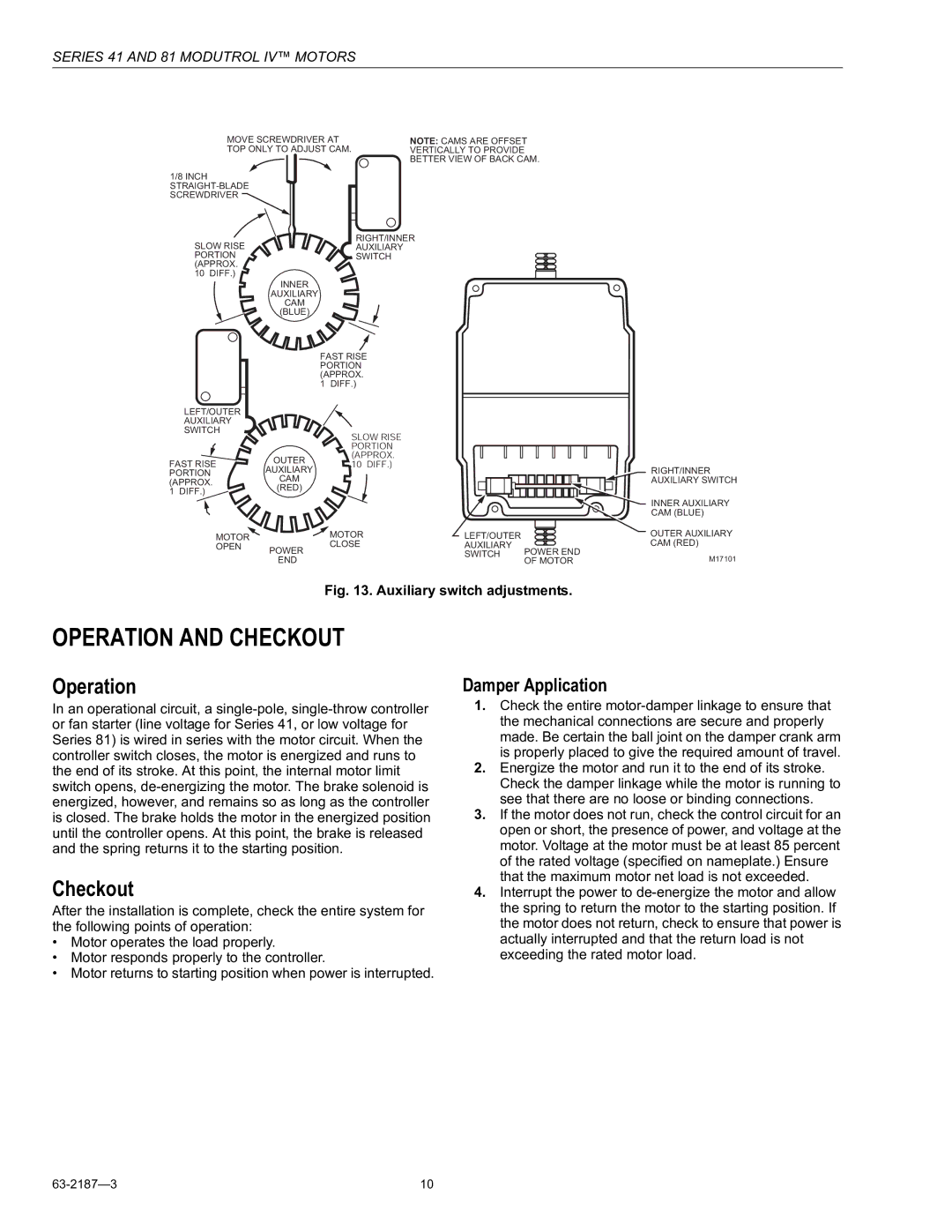41, 81 specifications
Greenheck Fan 81,41 is a robust and highly efficient indoor air handling unit designed to meet the demands of modern commercial and industrial environments. Renowned for its versatility, this model provides optimal performance and reliability, making it a popular choice among HVAC professionals.One of the standout features of the Greenheck Fan 81,41 is its advanced motor technology. The unit is equipped with high-efficiency motors that contribute significantly to energy savings. These motors not only reduce operational costs but also comply with the latest energy regulations, making the unit an eco-friendly choice for clients looking to minimize their carbon footprint.
The fan's design includes a premium backward-inclined impeller, which helps in improving the overall aerodynamic efficiency of the system. This impeller design not only minimizes noise levels but also enhances static pressure capabilities, ensuring that the system operates quietly and efficiently under various load conditions.
Incorporating cutting-edge control technologies, the Greenheck Fan 81,41 offers flexible integration with building management systems. Its compatibility with variable frequency drives enables precise speed adjustments, optimizing airflow as per the required demand. This feature also enhances system responsiveness, contributing to better indoor air quality.
Built with durability in mind, the unit features a robust construction that can withstand challenging environmental conditions. The casing is often made from galvanized steel, with optional powder coating for additional corrosion resistance. This ensures a long lifespan and reduced maintenance costs, making it a wise investment for any facility.
Another key characteristic of the Greenheck Fan 81,41 is its modular design, which allows for easy installation and maintenance. The unit is designed to fit into tight spaces without compromising its performance. Moreover, the accessibility of components within the unit allows for quick servicing, minimizing downtime.
In summary, the Greenheck Fan 81,41 stands out with its energy-efficient motors, advanced aerodynamic design, integration with modern control systems, durable construction, and ease of maintenance. These features make it an essential component for efficient air handling in various commercial and industrial applications, ensuring optimal performance and longevity.

